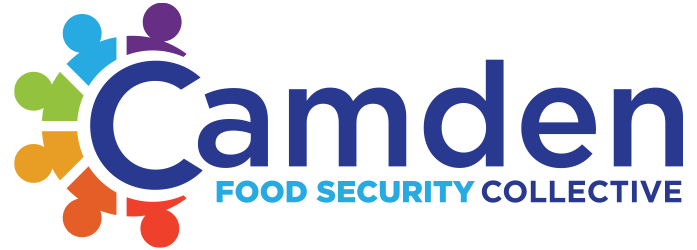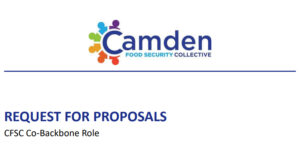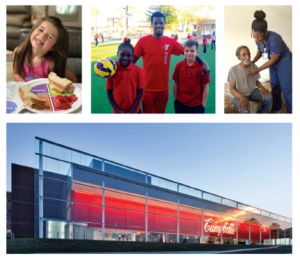
Collective Impact: What is it, and how does it help communities?
“Alone we can do so little; together we can do so much.” – Helen Keller
While true that a single person or organization can make a difference on their own, what happens when two join together – or 10 or 20? The impact of teamwork grows the outcome exponentially.
And that is exactly what Collective Impact aims to achieve.
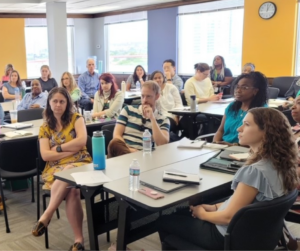
First introduced by John Kania and Mark Kramer in a 2011 article in the Stanford Social Innovation Review, Collective Impact is based on the idea that many of the most significant and challenging social issues – such as poverty, education, healthcare, and environmental sustainability – cannot be effectively addressed by one organization alone. Instead, they require a coordinated and collective effort involving various stakeholders to achieve true change.
How does it work? With five key pillars:
A common agenda. They work together to define the problem; then, they create a shared vision to solve it.
Shared measurement. All members must track progress in the same fashion to allow for continuous learning and accountability.
Mutually reinforcing activities. While the collective has a shared vision, its members work in different ways. All participants’ activities are thoughtfully integrated to maximize the end result.
Continuous communication. Collectives generally consist of organizations that would normally be competing for the same dollars. When
they come together, it’s important that they build trust and strengthen relationships.
A strong backbone. A collective team must be dedicated to aligning and coordinating the work of the group as one.
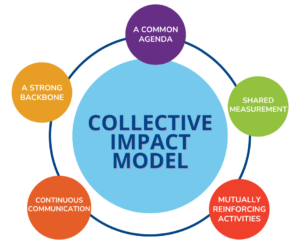 In order to create and maintain a sustainable collective, its members should always rely upon the following strategies, weaving them throughout the key pillars:
In order to create and maintain a sustainable collective, its members should always rely upon the following strategies, weaving them throughout the key pillars:
- Groundwork in data and context and target solutions
- Focus on systems change, in addition to programs and services
- Shift power within the collaborative
- Listen to and act with the community
- Build equity leadership and accountability
Now that the partnering organizations have the framework set, the real work begins. While Collective Impact can make a positive contribution and help foster social change, it takes time. One study estimates that full impact can range from 4-24 years. That means the participants must be prepared to invest time, energy, and funds into ensuring its success for the betterment of the community in the long term.
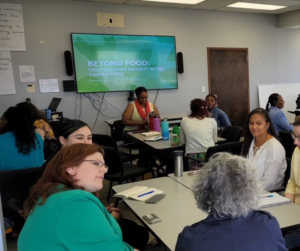
However, when committed to working together toward a common goal, communities can change and flourish.
By now, you’re probably thinking, “Interesting, in theory, but how does this really help the community?”
First and most importantly, Collective Impact allows for shared responsibility. By encouraging multiple stakeholders, from nonprofit organizations to government agencies and businesses to community members, it spreads the burden and ensures that no single entity is solely responsible for solving the problem.
It also increases resources – both financial and human. When organizations work together, they can pool their resources, access new funding streams, and tap into a broader range of expertise and skills, which translates into more robust and sustainable solutions. Plus, these organizations and individuals bring their unique strengths and expertise to the table, allowing the Collective Impact initiatives to develop more comprehensive strategies.
In many cases, organizations working independently may duplicate efforts, wasting resources and time. Collective Impact promotes coordination, ensuring that activities are complementary rather than redundant.
With this common agenda and coordination, Collective Impact initiatives regularly collect data and maintain open communication; they can adapt their strategies in response to changing circumstances or new insights. This flexibility is essential for addressing complex and evolving community issues.
A key part of the Collective Impact strategy is to encourage the active involvement of community members in the decision-making process. This ensures that the solutions developed are culturally sensitive, contextually appropriate, and have the support of the affected communities.
As mentioned above, Collective Impact does not necessarily provide short-term outcomes. Instead, it’s focused on creating lasting change. By addressing the root causes of community issues and involving a variety of stakeholders, it is more likely to develop sustainable solutions that continue to benefit the community even after the initiative concludes.
And finally (and this is a big one), it allows for other communities facing similar challenges to replicate a model that worked elsewhere. Collective Impact teams can share and disseminate effective strategies and best practices with each other – whether regional, national, or even global!
Are you still with us? Of course you are (this is great stuff)!
So, right here at home, there is a Collective Impact solution aimed at addressing food insecurity.
The Camden Food Security Collective is a coordinated community of diverse stakeholders working hand in hand with community residents. Camden Food Security Collective’s members include local healthcare and food providers, public agencies, health insurance companies, community-based organizations, public officials, local corporations, business owners, safety-net food distributors, workforce system representatives, and, most importantly, Camden residents.
In order to reach a food secure future, CFSC will address both food access and supplemental food options. CFSC aims to identify solutions that will foster a robust and equitable distribution of healthy foods. For food access, CFSC will help establish a purchasing Cooperative of small business owners to support bulk purchasing, improve variety, and lower costs. This will be achieved by building upon Camden’s Corner Store Owners Association, an innovative network of Camden corner store owners developed and overseen by The Food Trust, one of CFSC’s partner organizations.
Furthermore, CFSC will strengthen the existing supplemental food network by improving coordination, logistics, and communication systems, to guarantee more frequent, equitable, and predictable access to healthy safety-net foods. One proposed program is establishing a network of “Choice Pantries” across Camden City.
Currently, a pilot led by the Food Bank of South Jersey is underway to help some food pantries move from a drive-through model back to a choice-based model. CFSC will consider opportunities to understand what choice can/should look like in terms of food selection, food availability, how/where/when people can access safety-net food sites, what other services can be provided/co-located at sites, etc. CFSC will also help sites adopt and scale these best practices, focusing on understanding what other options could create more access and awareness to residents.
Join the Camden Food Security Collective on its path to do so much together. We look forward to sharing this journey with you.
